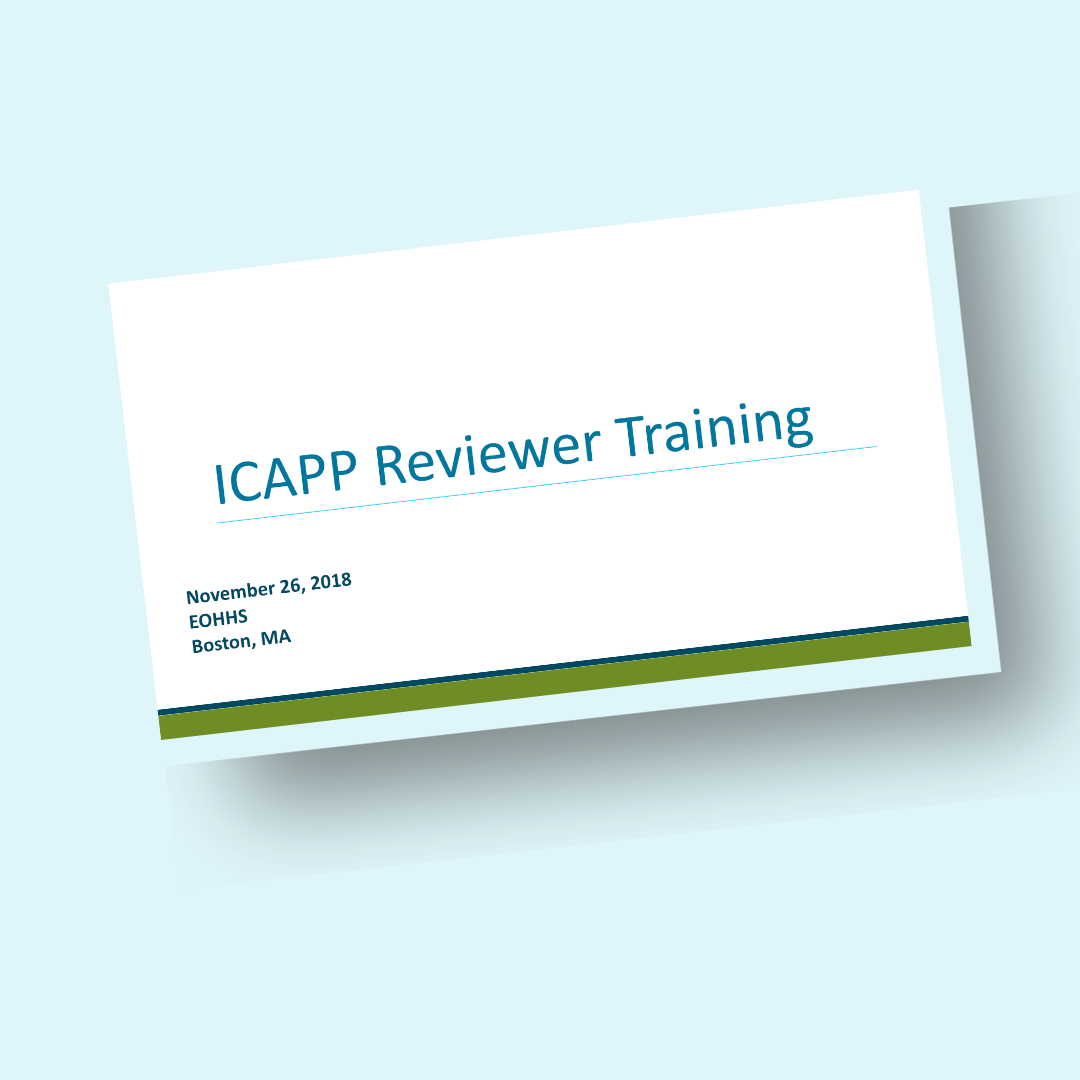
This training will help procurement professionals understand wellbeing concepts and leverage them in their process‚ whether they are writing applications or reviewing them.
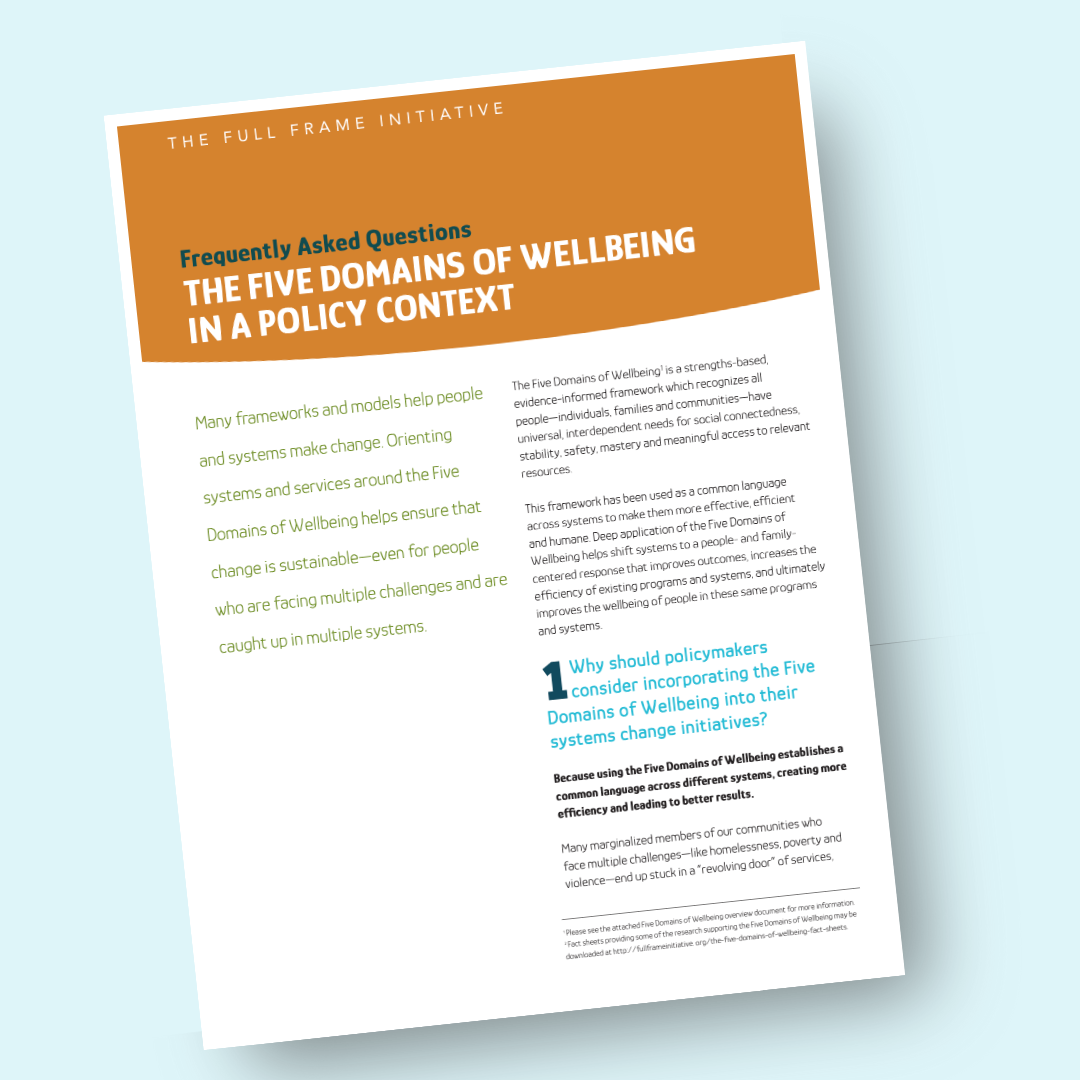
This FAQ helps to explain how an understanding of the Five Domains of Wellbeing and tradeoffs can be useful in a policy context.
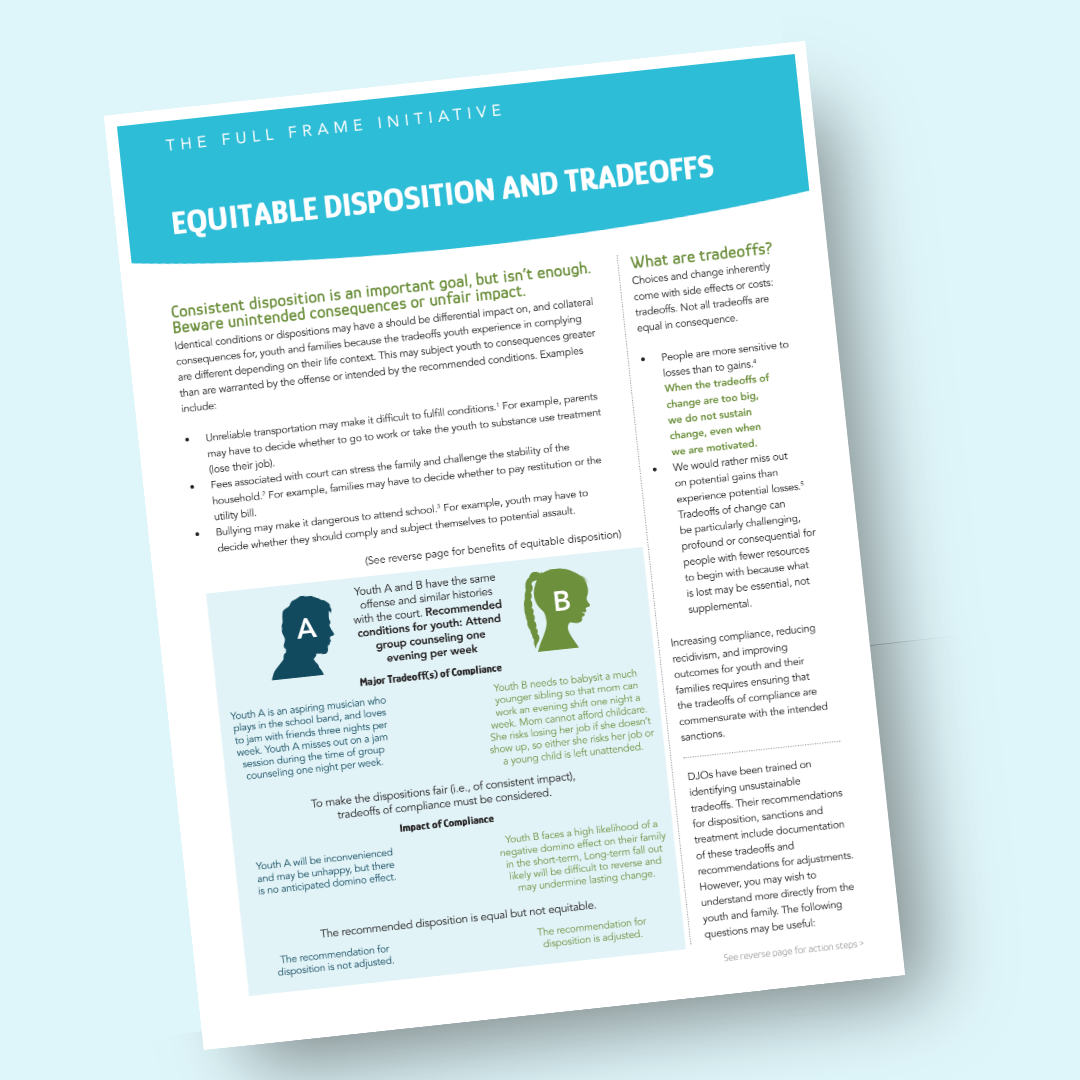
In the justice system, sentences that seem equal on face value may actually have significant differential impacts when you look at an individual's life situation and circumstances.
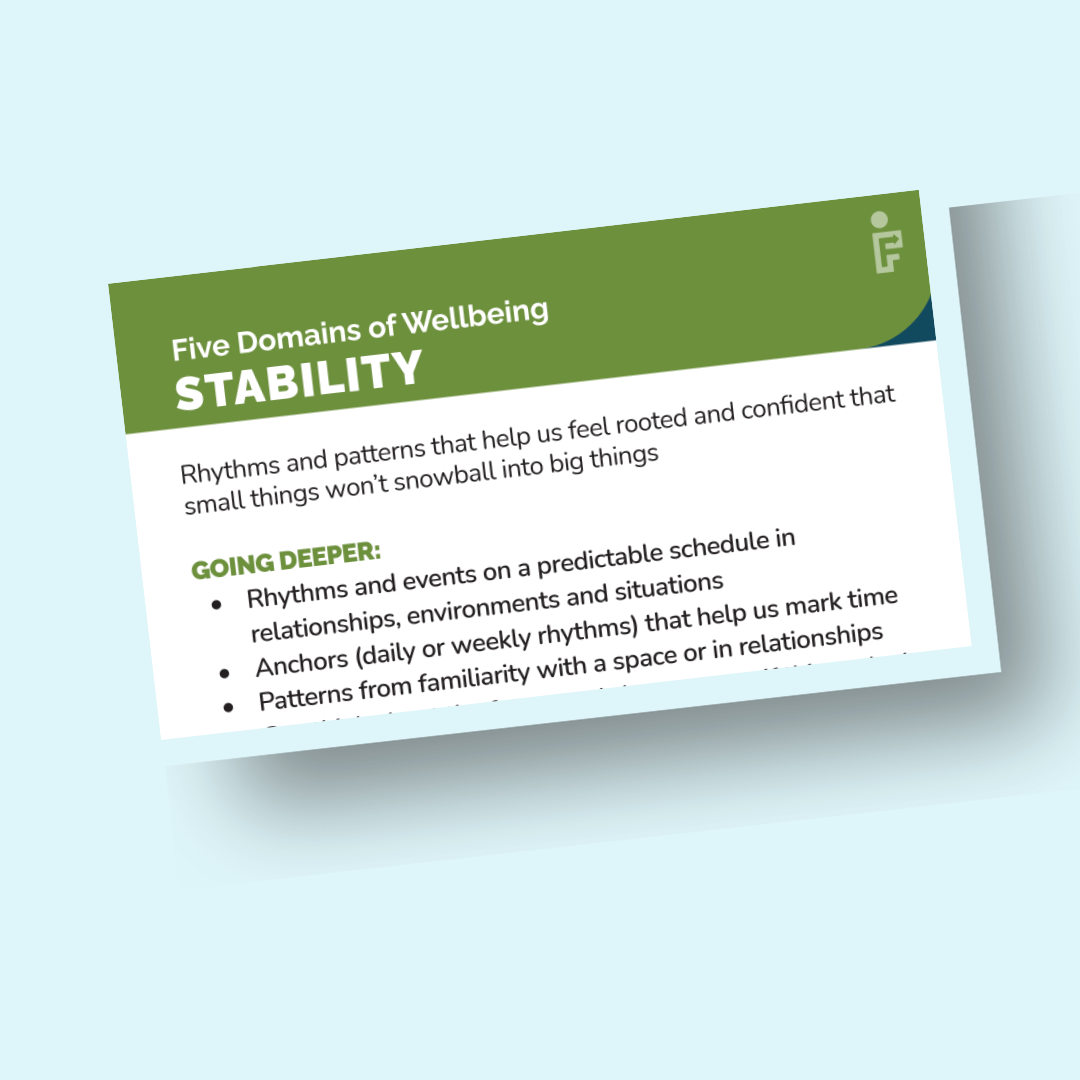
These reminder cards support understanding of the Five Domains of Wellbeing and tradeoffs.

This document contains comments in response to the Office of Management and Budget's Request for Information on Methods and Leading Practices for Advancing Equity and Support for Underserved Communities through Government.

The Learning from What Goes Well (WGW) project was an 18-month, collaborative learning initiative for community teams in California to apply asset-based methodologies in their work to address domestic violence and other forms of violence and oppression.
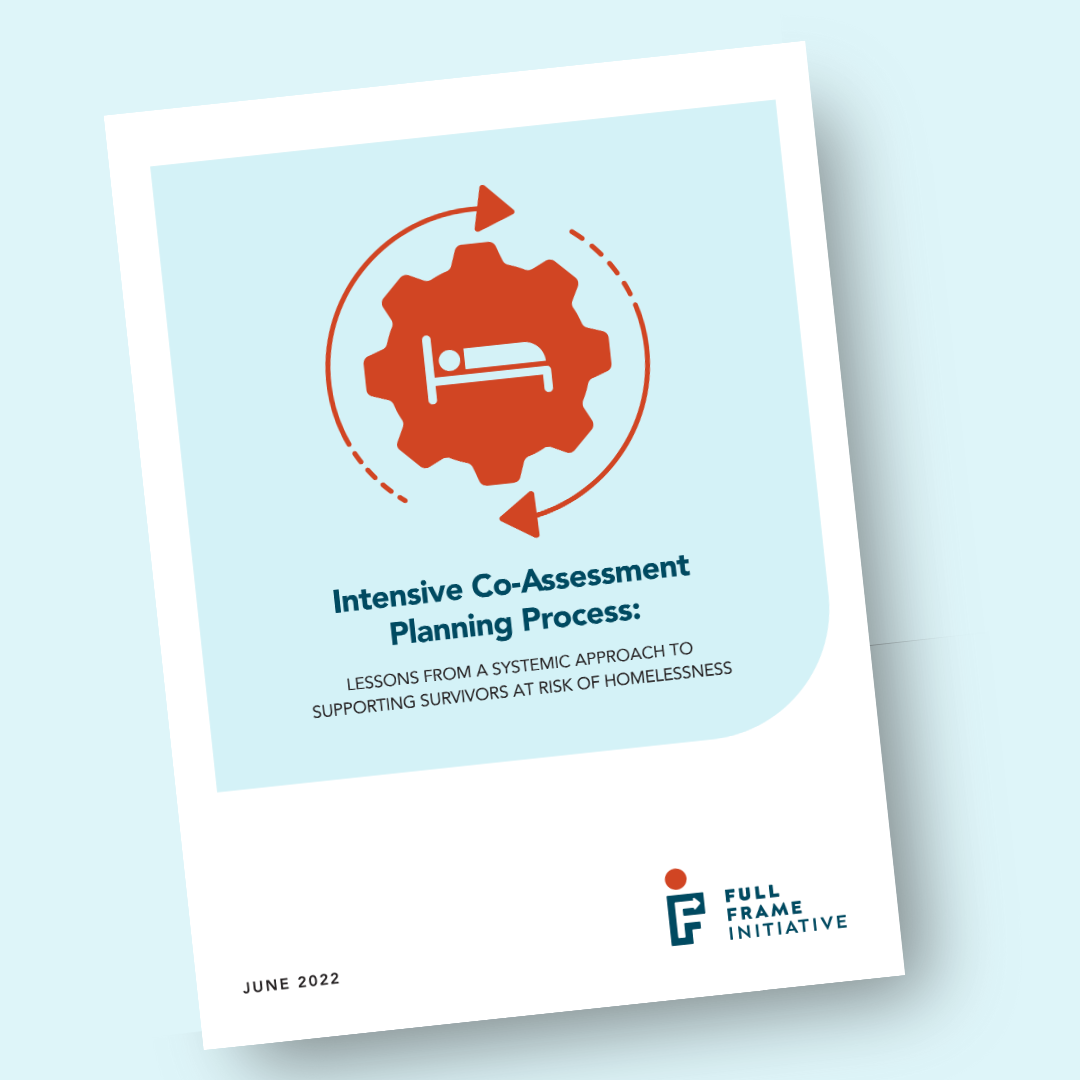
Key learnings from the Intensive Co-Assessment Planning Process (ICAPP) pilot project to address how interagency policies and practices could improve the government's response to the needs of survivors at the intersection of homelessness and sexual and domestic violence.
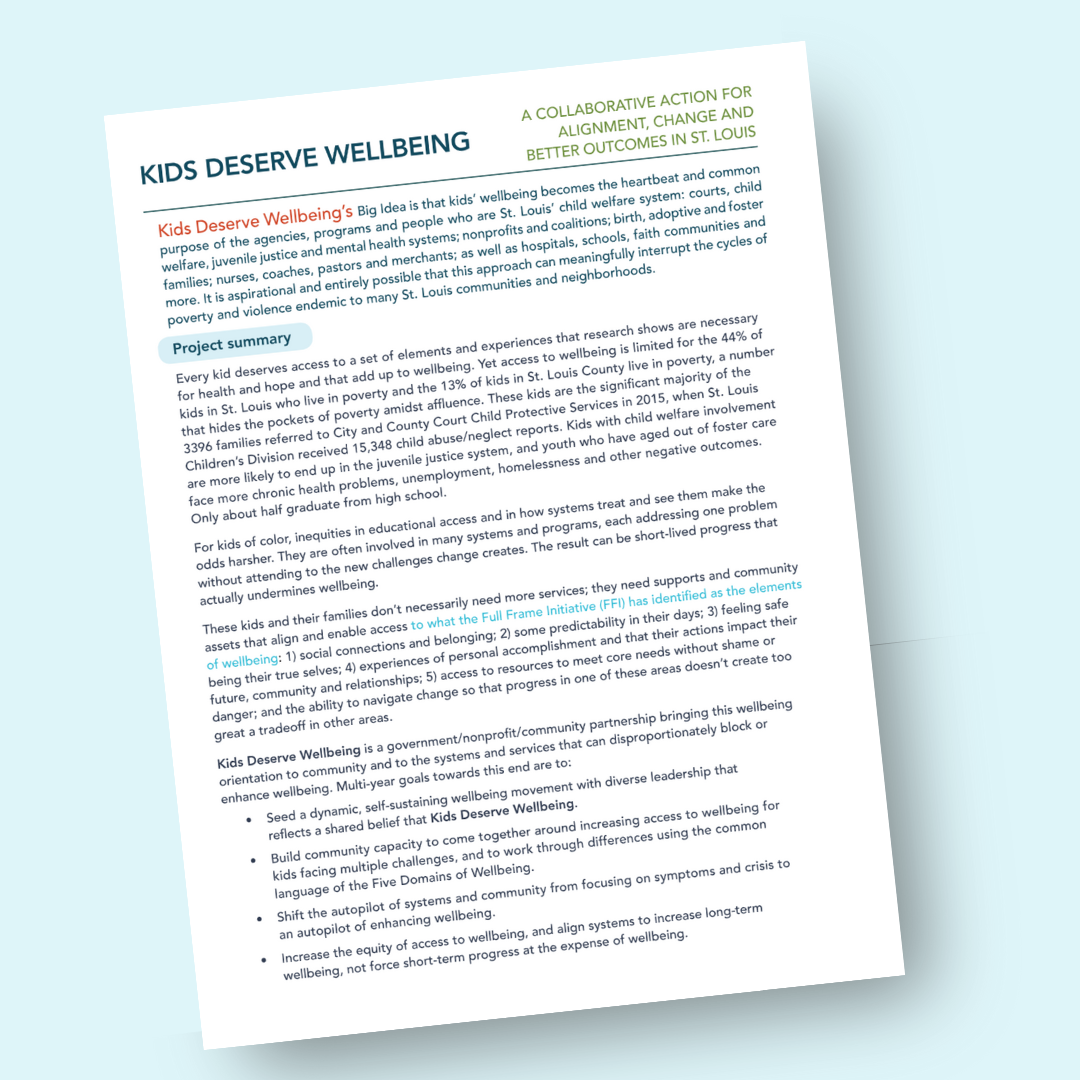
FFI partnered with St. Louis to launch the 'Kids Deserve Wellbeing' framework, uniting child welfare systems, communities, and families around a shared vision for children's wellbeing.
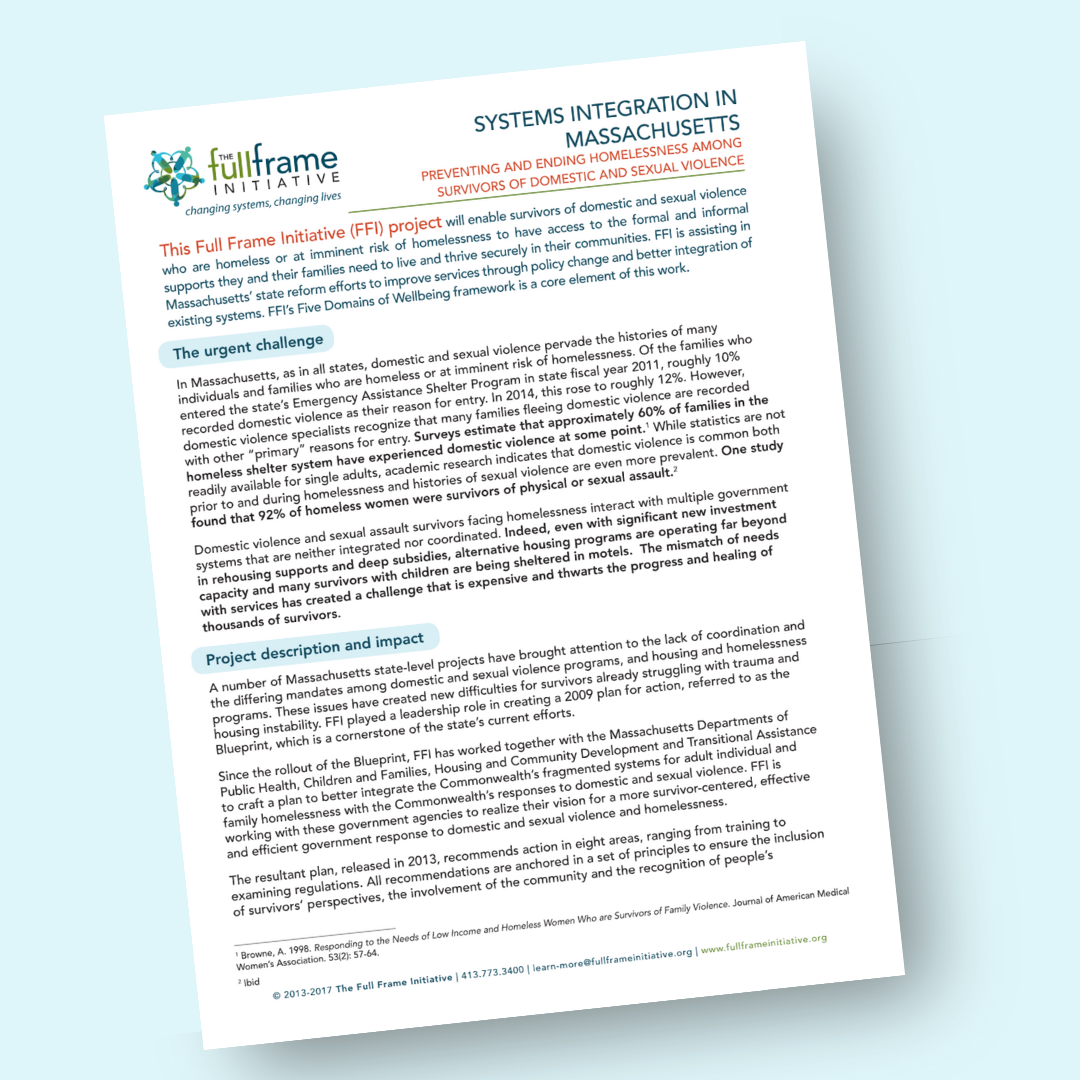
FFI assisted Massachusetts' state reform efforts to improve services to survivors of domestic and sexual violence who also faced homelessness or imminent risk of homelessness and their access to wellbeing.
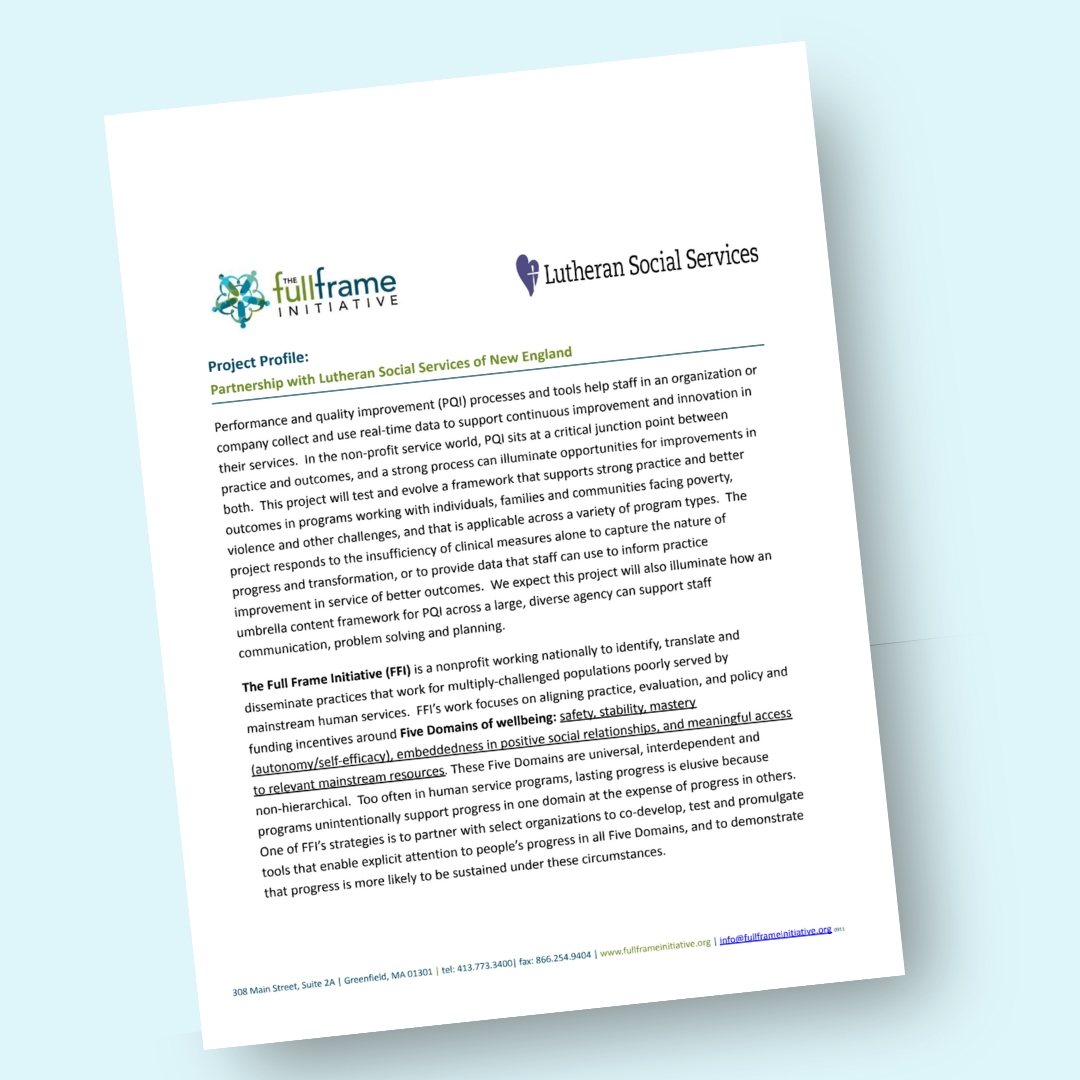
FFI partnered with Lutheran Social Services of New England to create tools that support integration of wellbeing design at the individual level.
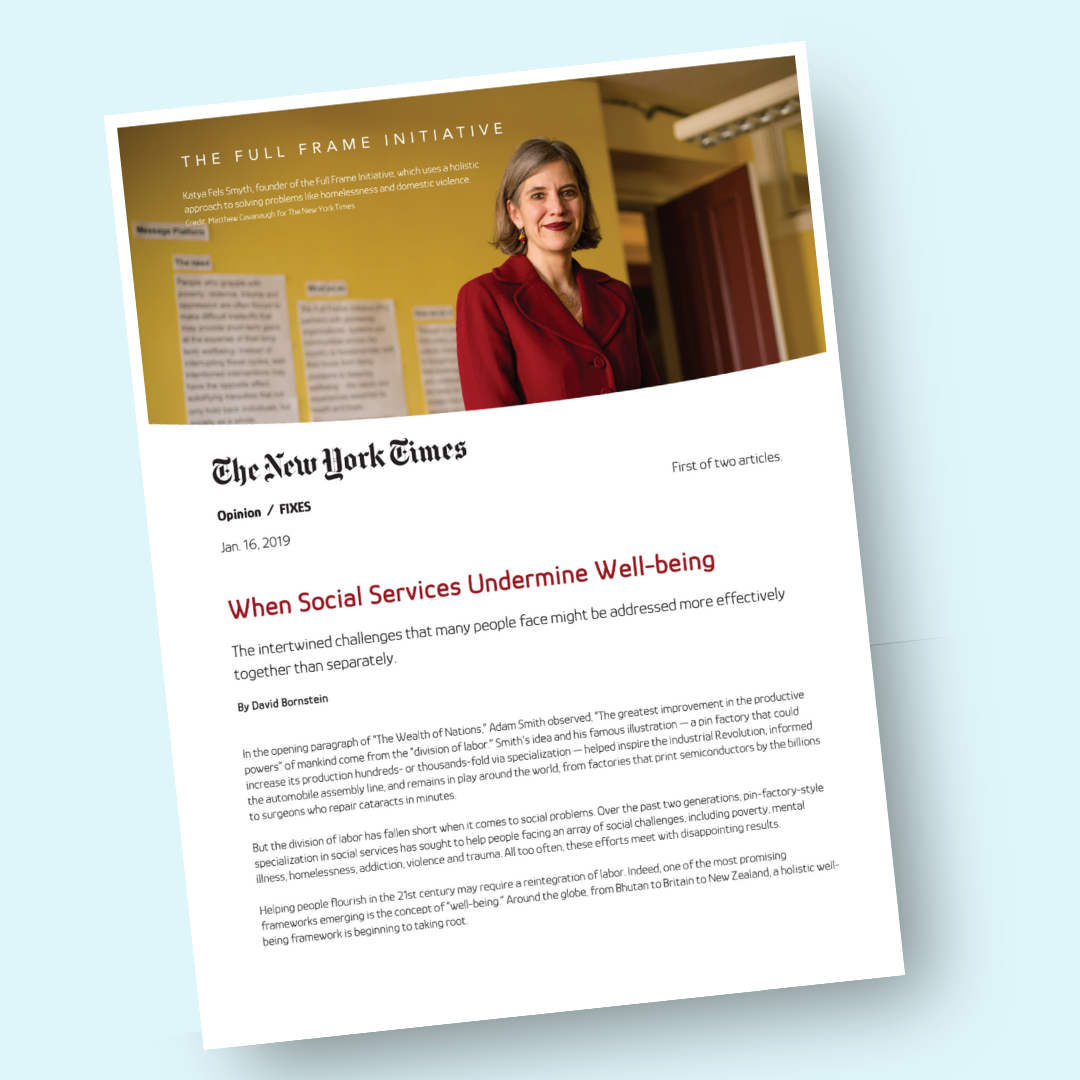
Two articles in the New York Times highlight FFI's wellbeing framework as a holistic approach to solving problems addressed through government systems like homelessness and domestic violence.

This working paper critiques the over-reliance on evidence-based models in social policy and presents alternative approaches to avoid potential harm.